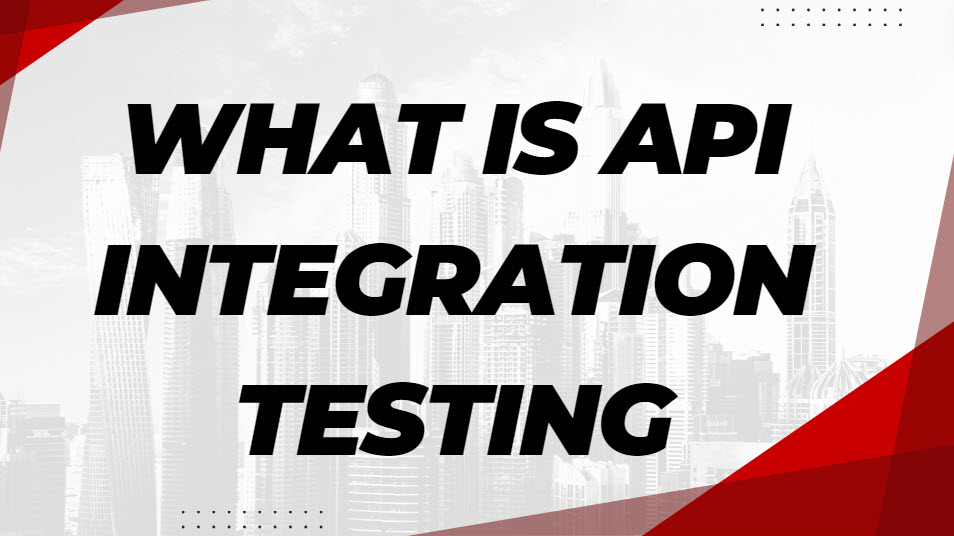As a software developer in the USA, I’ve found that API integration testing is crucial to ensuring our applications work seamlessly in this post, I’ll explain API integration testing, why it’s essential, and how to implement it effectively.
API integration testing is a specific type that focuses on verifying that APIs (Application Programming Interfaces) meet expectations regarding functionality, reliability, performance, and security. It’s all about ensuring our software ecosystem’s components play nicely together.
Why API Integration Testing Matters
In today’s interconnected digital landscape, APIs are the glue that holds our software systems together. Whether we’re building a social media platform in Silicon Valley or a financial services app on Wall Street, we rely on APIs to communicate between different parts of our applications.
Check out Best Integration Testing Tools
API integration testing helps us
- Ensure seamless communication between different components
- Identify issues early in the development process
- Validate data accuracy and consistency
- Verify security measures are working correctly
Critical Components of API Integration Testing
When I’m conducting API integration tests, I focus on several key areas:
- Functionality Testing
This involves checking if the API behaves as expected. For example, if I’m testing an e-commerce API for a major retailer like Walmart, I’d verify that the “add to cart” function correctly updates the cart contents and total price. - Reliability Testing
Here, we’re looking at how the API performs under various conditions. I might simulate high-traffic scenarios to see how our API handles Black Friday-level customer loads. - Performance Testing
This involves measuring response times and throughput. For instance, if I’m working on a streaming service API for a company like Netflix, I’d want to ensure it can handle millions of concurrent requests without significant lag. - Security Testing
API integration testing also includes verifying that our security measures are working correctly. This might involve testing authentication processes, checking for vulnerabilities, and ensuring data encryption functions properly.
Check out Why integration testing is important
Methods and Scenarios for API Integration Testing
There are several approaches I use when conducting API integration tests:
- End-to-End Testing
This involves testing the entire flow of an API, from request to response. For example, when testing a flight booking API for an airline like United, I’d simulate the entire booking process from search to confirmation. - Contract Testing
This ensures that the API adheres to its specified contract. If I work on a weather API for a service like AccuWeather, I will verify that it returns data in the promised format and includes all required fields. - Load Testing
This involves testing the API’s performance under heavy load. For a social media platform like Twitter, I might simulate millions of tweets posted during a major event to ensure the API can handle the traffic. - Negative Testing
This involves intentionally providing invalid inputs to see how the API handles errors. For example, with a banking API, I might transfer more money than is available in an account to ensure proper error handling.
Check out Component Testing vs Integration Testing
Tools for API Integration Testing
There are numerous tools available for API integration testing. Some popular ones I’ve used include:
- Postman
- SoapUI
- JMeter
- REST Assured
Best Practices for API Integration Testing
Based on my experience, here are some best practices I always follow
- Start testing early in the development process
- Use automated testing where possible
- Test for both positive and negative scenarios
- Regularly update and maintain your tests
- Monitor API performance in production
Conclusion
API integration testing is a critical part of ensuring our software systems work together seamlessly. By thoroughly testing our APIs, we can deliver more reliable, performant, and secure applications to our users.
You may also like following the articles below.
- Integration Testing vs End To End Testing
- Integration Testing Best Practices
- How Does Integration Testing Lead To Continuous Deployment

My name is Madhu, and I’m a certified Test Consultant with more than 16 years of hands-on experience developing and maintaining manual and Test Automation in the Software industry. I have experience with automation tools such as Selenium, Katalon Studio, etc.
